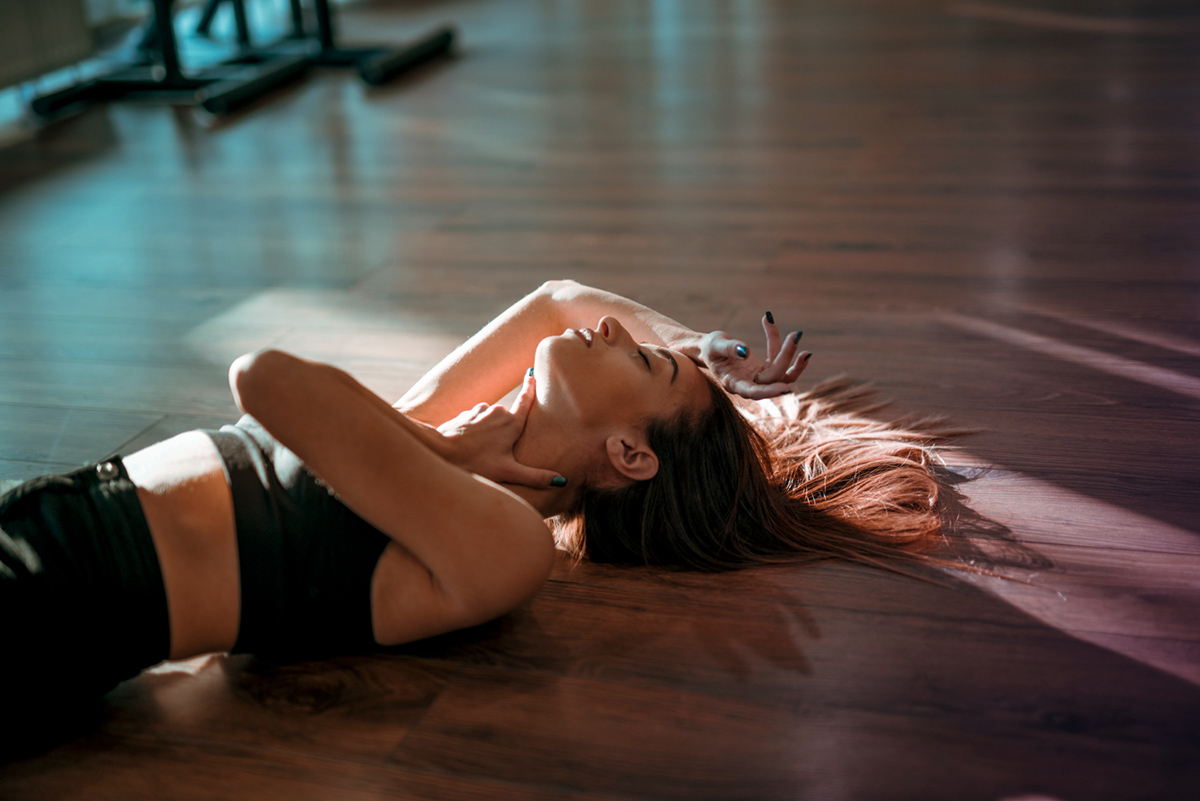The Importance of Giving Your Body Rest as a Dancer

As a dancer, it’s easy to become consumed with the constant pursuit of perfection. You’re always striving to improve your technique, flexibility, and stamina. However, in this endless cycle of training and rehearsals, it’s crucial to remember one thing: rest. Giving your body ample time to rest and recover is just as essential to your overall fitness as your dance training itself.
In this blog, we’ll delve into why rest is so important, how it affects your training, and what you can do to incorporate it into your routine. And if you’re a ballet dancer looking for classes in Apopka, look no further – 3D Motion Dance offers quality programs and a supportive community that can help you reach your full potential.
The benefits of rest are extensive. Rest allows your body to recover and repair from the strain and stress of daily training. Over time, excessive physical exertion without sufficient rest can lead to fatigue, injury, burnout, and even depression. Rest also gives your muscles time to build and strengthen, which is essential for achieving the kind of long-lasting results dancers aim for.
One of the most productive ways to rest is sleep. Getting enough sleep is critical to physical and mental health. The National Sleep Foundation recommends that adults get 7-9 hours of sleep each night, while children and teens need even more. Sleep provides restoration and recovery for your muscles, boosts your immune system, and optimizes energy levels. It also has the boon of building memory strength to better develop your skills as a dancer.
Rest should also encompass active recovery, which includes activities such as soft tissue massage, gentle stretching, and low-intensity cardio. Active recovery prevents muscle soreness and tension and helps maintain flexibility. It also energizes your body and encourages blood and oxygen flow, speeding up muscle recovery.`
Cross-training is another valuable strategy for rest and recovery. Cross-training implies that you engage in different physical activities that supplement and support your primary workout. These exercises should target different muscles and use diverse motions. By incorporating a variety of movements, you not only enhance your physical endurance, but you also decrease the likelihood of injury by avoiding the overuse of one muscle group. Activities such as swimming, Pilates, and yoga complement ballet by building strength in the central muscles and improving flexibility.
Conclusion
As a dancer, you’re more conscious than most of the importance of setting, meeting, and exceeding goals. Rest may seem to put a pause on that. But remember, rest is an essential part of any athletic routine, and even more so when it comes to dance. Listen to your body, give it the time it needs to recover, and build in active recovery and cross-training as your daily routine.
At 3D Motion Dance in Apopka, we believe in embodying a life-long passion for dance, cultivating personal growth, and creating a strong sense of community that promotes individual creativity and expression. We offer a diverse range of ballet programs suitable for everyone, from beginner to advanced. Come try us out with our free trial session, and let us help you reach your full potential as a dancer.